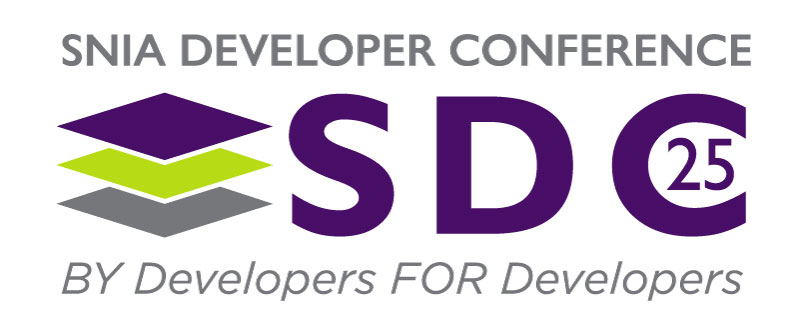There is an exponential growth of stored data and of applications processing data in the cloud and the edge. These applications based on traditional CPU based architectures may run into resource limits. Recent developments in Computational Storage have emerged as a promising solution to alleviate the limitations associated with traditional models. In this model, compute is performed near data thereby overcoming CPU, memory and fabric limitations. The SNIA Computational Storage TWG is leading the way towards an application programming model while the NVMe CS TG is defining the device programming model at physical protocol layer. This presentation will provide an overview of how Computational Storage APIs may be used to connect with a Computational Storage capable device. Learn what the device may be able to provide for such applications and how to program them.
